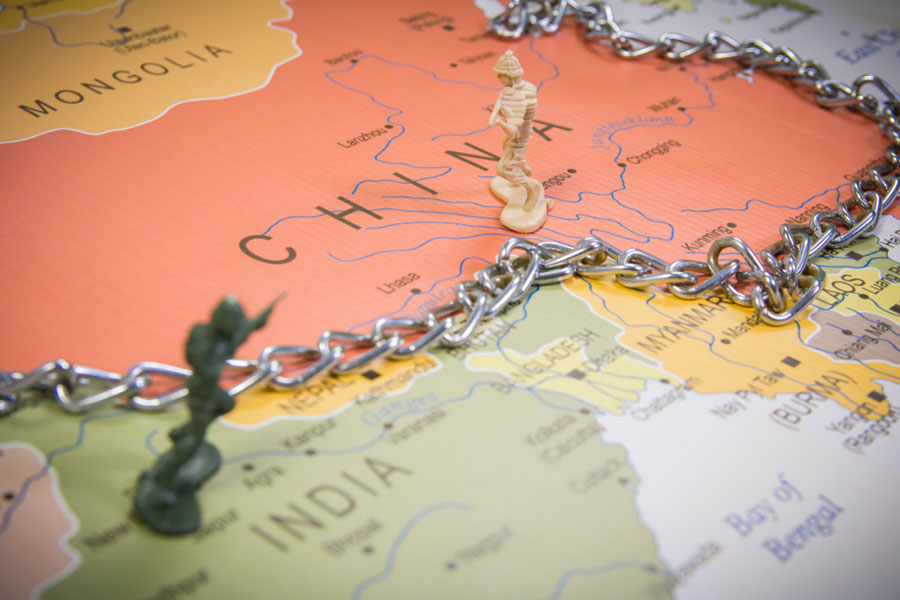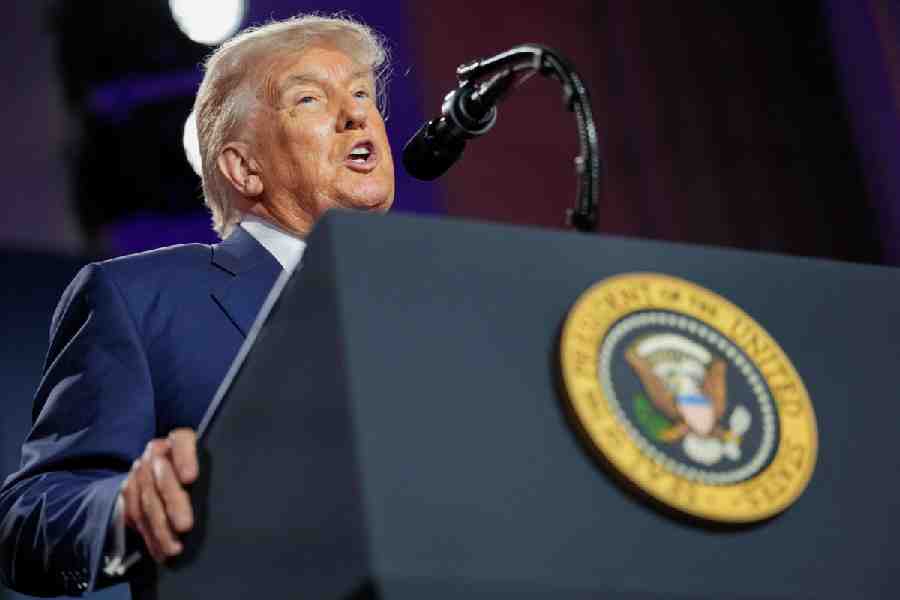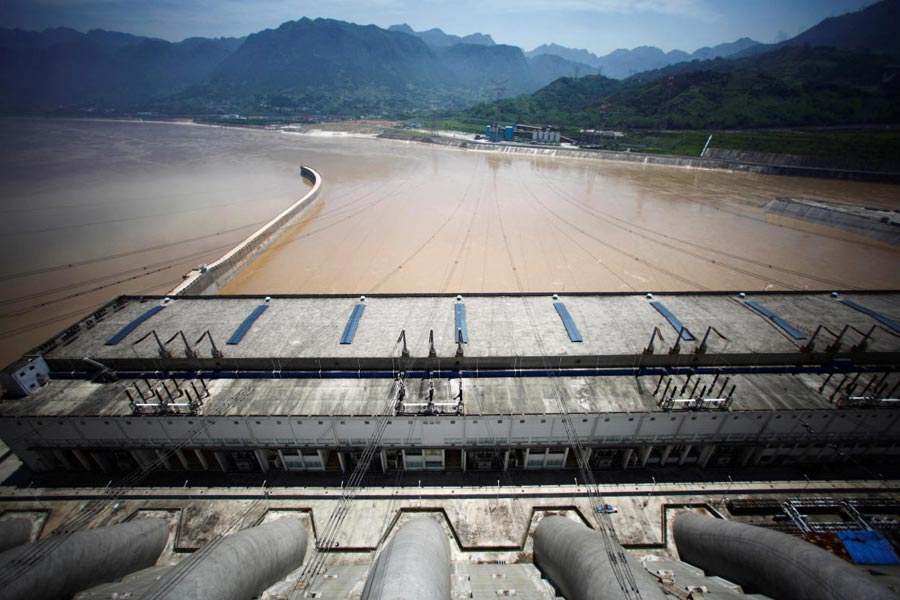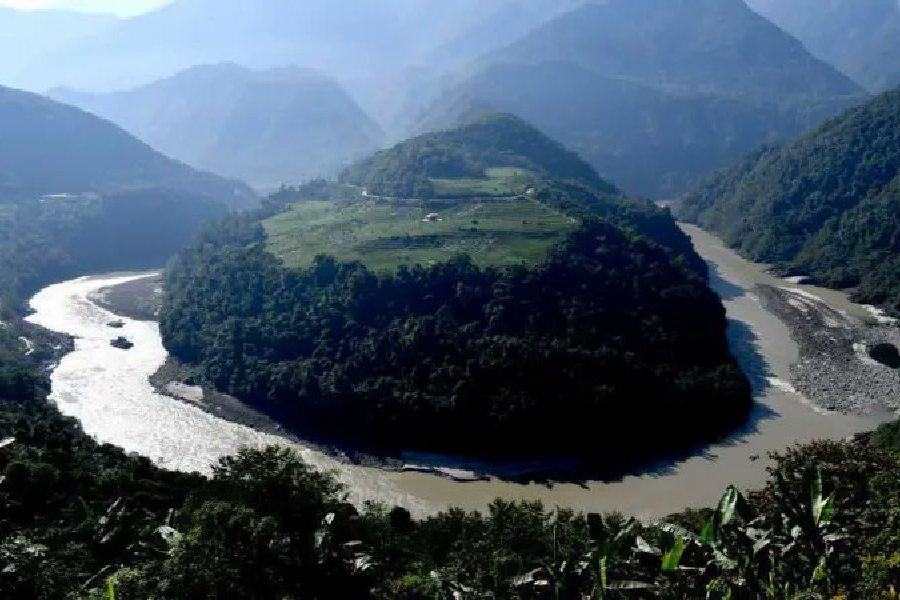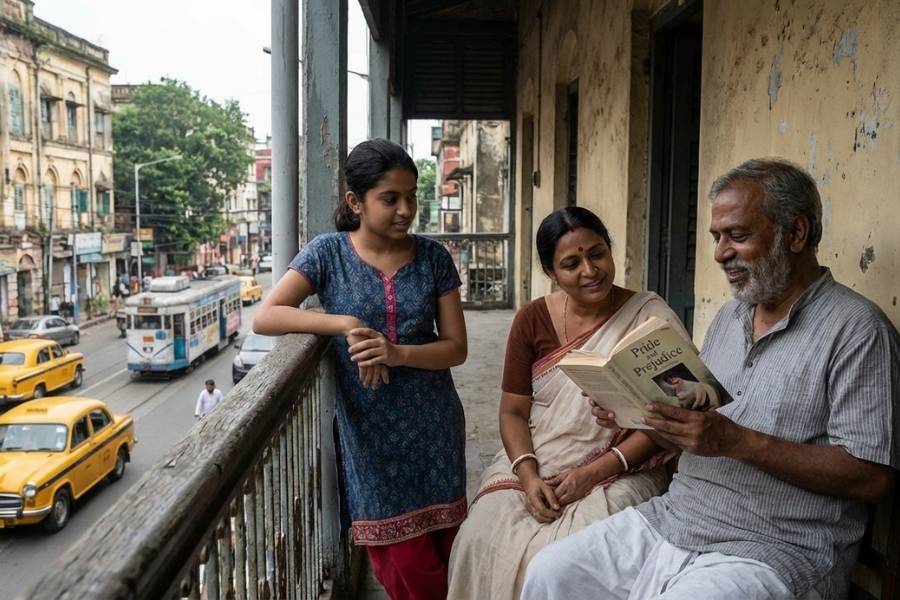Beijing is investing over $40 billion in a high-speed rail line linking Chengdu to Lhasa through the Himalayas, raising concerns in India, which shares a long, disputed border with China, over the project’s strategic and military implications.
Once complete, travel time in this route will reduce to 13 hours from 34.
While China argues that these efforts are aimed at economic development, the scale and dual-use nature of the infrastructure has raised alarms in New Delhi and among defence analysts worldwide, reported the Wall Street Journal.
China’s rapid mobilisation capabilities and expanding footprint along the frontier are making the region increasingly volatile.
The Chinese military’s Western Theater Command spans about 2.6 million square miles, which is more than 80 per cent of the area of the contiguous United States.
Much of this region was remote and inaccessible, but since the 1990s, China has constructed thousands of miles of roads across Tibet, with an aggressive surge in recent years.
“These are very punishing terrains we’re talking about,” said Shanshan Mei, a political scientist at the RAND Corporation, in an interview with WSJ.
Many of these new roads run parallel to or extremely close to the Indian border, drastically improving accessibility for China.
Their dual-use potential, suitable for both civilian and military traffic, has made them a geopolitical flashpoint.
Sushant Singh, a lecturer at Yale University, said to the WSJ: “The primary purpose of these high-speed railway lines is connectivity, but... once you have a high-speed rail, it takes only an order to replace tourists with soldiers.”
China’s first major Tibetan rail line — the $4 billion Shanghai-Tibet Railroad — was completed in 2006, connecting Xining to Lhasa.
The current Sichuan-Tibet Railway project is far more ambitious, directly linking the headquarters of the PLA’s Western Theater Command with Lhasa, enabling rapid troop movement and logistics in the event of a conflict.
Singh warned that China's mobilisation capability has transformed: “In the late ‘90s, early 2000s, it took a month to mobilise forces. Now, we hear about a time period of five to seven days.”
Alongside rail and road networks, China is investing heavily in air power across the Himalayan corridor.
Though India holds a numerical advantage in air bases near the frontlines, experts caution that China’s missile-centric strategy could offset that.
“India has a much larger numerical air force advantage against China... but China has the most missile-centric concept of warfare anywhere in the world,” said Frank O’Donnell, senior research advisor at the Asia-Pacific Leadership Network to the WSJ.
The recent use of China-made aircraft by Pakistan during conflict with India has added to New Delhi’s strategic anxiety.
Further intensifying tensions, on July 19, China began constructing a USD 167.8 billion dam on the Brahmaputra River (Yarlung Zangbo in Tibet), close to the Indian border.
The world's largest hydropower project, featuring five cascade stations, has sparked concern across India and Bangladesh, both downstream nations.
Arunachal Pradesh CM Pema Khandu called the dam a “ticking water bomb,” citing fears that China could manipulate water flow to strategic disadvantage or even unleash flooding during conflict.
The Chinese foreign ministry spokesperson Guo Jiakun said that China “cooperated” with downstream countries through hydrological data sharing.
Guo added, “The development of the project... is a matter of China’s sovereignty.”
Another facet of China’s border campaign is demographic.
Between 2018 and 2023, China’s registered population in border regions grew by 10.5 per cent, with citizens being settled closer to India’s Arunachal Pradesh, which Beijing claims as its own territory.
India has since accelerated its infrastructure projects, including the ambitious Sela Tunnel — the world’s longest bi-lane tunnel at an altitude of 13,000 feet — and the more-than-1,000-mile Arunachal Frontier Highway.
But Indian projects remain smaller and fewer in number. Highways like NH-10, crucial for military access to the Nathu La Pass, serve strategic purposes, but pale in scale compared to China’s efforts.
India has also launched the “Vibrant Villages Programme” to counterbalance this, but it remains in early stages.
Launched in February 2023, with a total allocation of Rs 4,800 crore ($585 million) for 2022–23 to 2025–26, the programme aims at comprehensive development of villages in 46 border blocks across 19 districts in Arunachal Pradesh, Himachal Pradesh, Sikkim, Uttarakhand, and Ladakh.
Experts argue these villages could act as military staging posts or at the very least strengthen China’s claims over disputed lands.
China’s so-called “salami-slicing” tactics — making a series of small, incremental moves that avoid provoking outright conflict but cumulatively achieve major strategic gains — are also in play along the border.
In 2020, a road constructed by India near the Line of Actual Control (LAC) in Ladakh was cited as a contributing factor to a clash between Chinese and Indian troops.
Relations between the two took five years to thaw after the clash.
On July 18, India’s top government think tank proposed relaxing rules that effectively mandate heightened scrutiny of Chinese investments, with three government sources indicating that the existing regulations have caused delays in several major deals.
According to sources familiar with the matter, NITI Aayog had suggested allowing Chinese firms to acquire up to a 24 per cent stake in Indian companies without requiring prior government approval. The sources, who declined to be identified as they were not authorised to speak to the media, said the move aims to ease investment barriers that have caused significant delays.
For the first time in five years, India will resume issuing tourist visas to Chinese nationals starting July 24, the Indian Embassy in Beijing announced on Wednesday.
Tourist visas were suspended in 2020 amid the Covid-19 pandemic. According to the embassy, Chinese citizens can now apply by completing an online application, scheduling an appointment, and submitting their passport and required documents in person at Indian Visa Application Centers in Beijing, Shanghai, and Guangzhou.
Though both nations have taken tentative steps toward de-escalation, the unabated infrastructure building is building tension.
“As of today, the relationship is really at an inflection point,” concluded Mei. “Despite both sides not wanting war, miscalculation and misperception may eventually be a big problem.”

